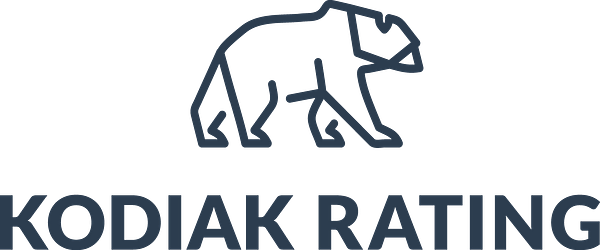Blog post -
Supply Chain Transparency: Is your Supply Chain practicing transparency?
By Sam Jenks
In a day and age where every single headline is a like, share or retweet away good PR backed by solid business practices is a must have in a globalized supply chain.
Consumers worldwide look towards business to champion the fight internally for greater transparency and traceability of the goods they buy. From pre-production, to post production, to packaging, shipping and retail; consumers not only demand to know where the product came from, but how many individuals were involved in the process, their work conditions, quality control, sustainability compliance, age, pay, rights and so on.
The new age of concerned consumerism is upon us. Consumers’ mindsets are moving from “how do I buy that” to “how did I buy that”.
Transparency in the supply chain is shaping our sourcing, procurement, logistics, partnerships and customer practices daily. Understanding the necessity for transparent supply chains means addressing the growing consumer demand for its existence (hbr.org).
You are what you eat.
One the largest shifting industries, food and agriculture, is one that has seen grand shifts in concern for sustainability and transparency in the supply chain.
But it begs the question; Are the shifts towards transparency by business and modern agriculture really to better the world or their brand? Furthermore, are the shifting consumer concerns about food and agriculture totally selfless?
“The growth of the organic market has been attributed in part to consumers’ concerns about their health and a resulting desire for organic products that contain no or much smaller amounts of additives, pesticides, hormones, and antibiotics than conventional products. Increasing demand for organic food is also explained by declining consumer confidence in the quality of conventional food and concerns about public health” (Cambridge.org)
This information suggests that individuals possibly aren’t as much concerned by the origins of their food, but what affects those origins can have on them.
McDonald’s “Our Food. Your Questions” campaign was wildly successful from a PR standpoint with addressing and increasing transparency. The campaign allowed McDonald’s customers to engage via social media and ask the questions we’ve all been wondering; receiving relatively instantaneous answers. The campaign was less worried about creating an organic vibe to the interworking of McDonald’s food production, but to rather increase customer trust and understanding for the company’s brand value (ilp.mit.edu).
McDonald’s campaign was a stroke of brilliance when it came to increasing consumer transparency, but it took organization wide effort and a daringness to face conflict head-on in a digital world.
We want it now.
Data and information are stored and consumed in massive quantities at incredible velocity in today’s supply chain. Customers are able to see real time logistics information about their shipments; delays that happen along the way and track their 1979 Rolling Stones t-shirt from Ann Arbor Michigan all the way to their bungalow in Pacific Beach San Diego.
The visibility of supply chains, especially logistics, has taken on a whole new meaning in the digital world.
So, what’s the next step?
In a world of instant gratification built on astonishing advancements in technology, there’s only one step left to take; complete, top-to-bottom, digitally generated supply chain visibility.
Buyers, Suppliers, distributors and consumers will soon live on a continuum of active, transparent, big data. “This includes how inventory is tracked and monitored, how much is produced, how quickly material and service suppliers respond, what modes of transportation are the most efficient and responsive, how to organize distribution and warehouse operations, how to move product through logistics systems, and most importantly, how quickly people in all aspects of the supply chain (suppliers, distributors, customers) are able to react and make decisions related to unexpected events and disruptions that impact the supply chain” (Handfield 2016). This revolution will create a reciprocal, mutual, and social, responsibility from consumers and corporations alike.
What drives the need?
Supply chain transparency, in-large, came about from a place of avoiding bad PR, but has also been driven home by government policy and societal consensus.
Expectations and demands internally from stakeholders and clients are one concern for the transparency in corporate supply chains, but external factors such as governmental and industry standards raise eyebrows of a much thicker variety amongst corporations.
Other external pressures can include activist groups and non-governmental organizations that harmonize to demand transparency from a particular company, industry or multiple industries at the same time (ucd.ie).
One way or the other; it’s always better to keep your door open then to have a group of angry consumer’s come a’knockin.
Supply chain transparency is a growing concern of consumers globally, and one day will be a staple in industry-wide practices.
Until next week.
Topics
- Computers, computer technology, software
